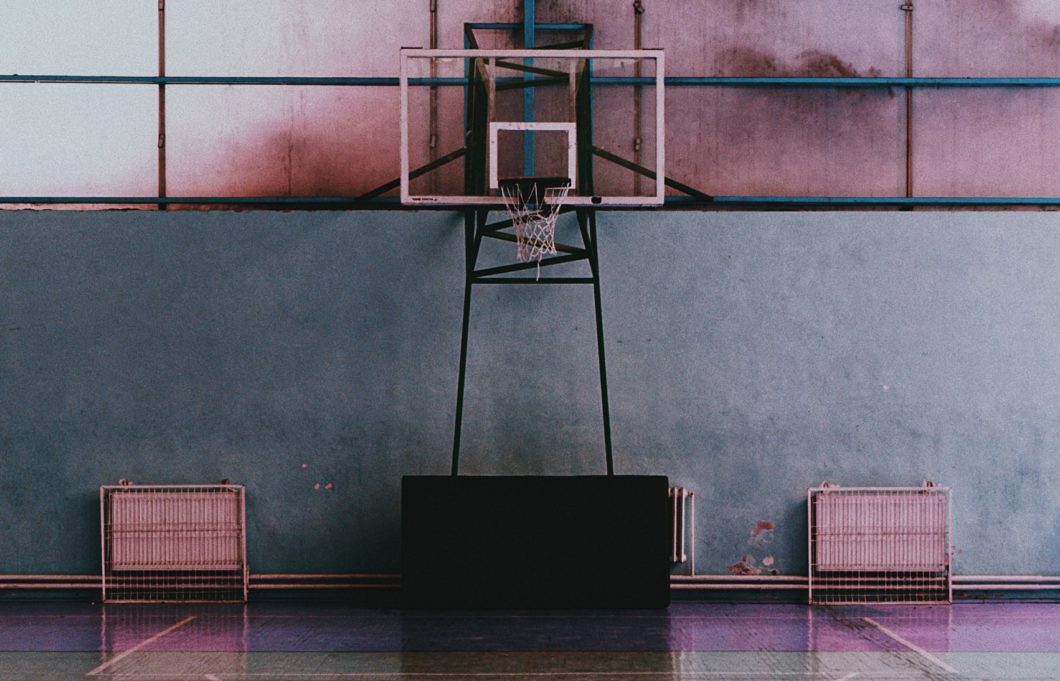Creating emotionally safe spaces for athletes is a huge component of mental health and wellness. Reducing the stigma through conversation, and having programs in place are awesome, but if the athlete doesn’t feel safe (i.e., trust that space), they likely won’t come forward to ask for help.
We saw the perfect example of this recently with Naomi Osaka’s withdraw from the French Open due to mental health reasons. It was a monumental step to take. The relevance here is that while the public debates about her decision, she felt safe enough and supported enough by her inner circle to not just do what she needed to do for herself, but to do so publicly.
As a matter of fact, she told US Weekly earlier this year that her biggest fear is disappointing people. I don’t know Naomi, but my guess would be that if her inner circle didn’t support her AND that was coupled with a fear of disappointing people, it’s much less likely that she would have taken that step.
Athletes struggle every day. But, not every athlete is a superstar with a ton of media attention and an outpouring of public support (or criticism). And, not everyone has the right support system.
I’ll share a couple of different examples:
I interviewed a retired pro athlete recently who shared a story with me about a time that he was suicidal. He reached out to a program for help on a Friday afternoon and was told that the office was closing for the weekend and he would have to wait until Monday. Fortunately, he got the support he needed through another route, but imagine being someone who didn’t trust people to begin with and in your greatest moment of need, having another door closed on you. (Click here to read the story.)
In another story…
A father messaged me to tell me about his son’s experience with a panic attack. He told me that the panic attack happened on a Wednesday and that they used some advice that I had shared to help him get through it. On Friday he scored the game-winning goal in his soccer game.
Although I was grateful to have in some small way been a help, this experience didn’t have so much to do with the tools I shared as it did with the way that this student athlete’s parents helped him. Prior to their son’s breakdown, they had already planted the seed for creating a safe place for him by telling him that he’s loved, that it’s okay to show emotions, and it’s okay to ask for help.
So, for this student athlete’s parents to not only tell their son that it was okay for him to open up to them but then follow that up by making that experience safe when he did share his struggles, was the difference-maker.
Creating emotionally safe spaces for athletes is about building trust.
I once heard someone say, “a safe place is a consistent space” and it has since stuck with me. We all need a place (or a person) where we consistently feel safe to be who we are. We need someone we can trust and that only happens through aligning words with action. “Say what you mean, and mean what you say,” is what I was always taught.
We could have a lengthy conversation (and I have before on several occasions) about what makes a space “safe.” The bottom line is that a safe space is built on trust.
How do you build that trust?
- Keep showing up.
- Check up on people by asking genuine questions.
- Take actions that show support.
- Be nonjudgmental. Allow each individual to have their own experience. Questioning someone can make them feel like they are somehow in the wrong, especially if they are opening up to you and being vulnerable. Instead, accept what they are saying and help them move forward. A lot of times, people just need to be heard.
- Be authentic and pay attention. Keep Albert Mehrabian’s 7-38-55 Rule of Personal Communication in mind (7% spoken words, 38% voice/tone, 55% body language). People respond to how to you say things (i.e., tone) and pay attention to how you listen (i.e., body language).
Keys to the game:
- To create a safe space, be consistent in your message, tone, and action.
- Meet people where they are. There are no wrong emotions.
- Be genuine. People will pick up on that energy.
- A safe space is built on a freedom of expression. Listen more than you talk.
Would you like to access stress management tools so you can get ahead of the game? Join the Athlete Mental Wellness Club.

